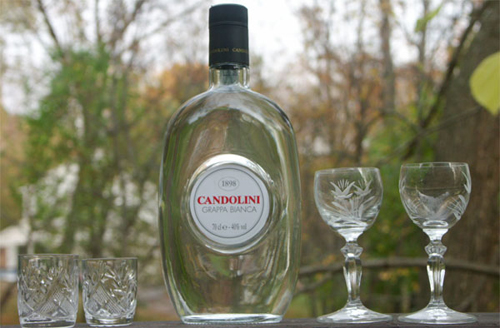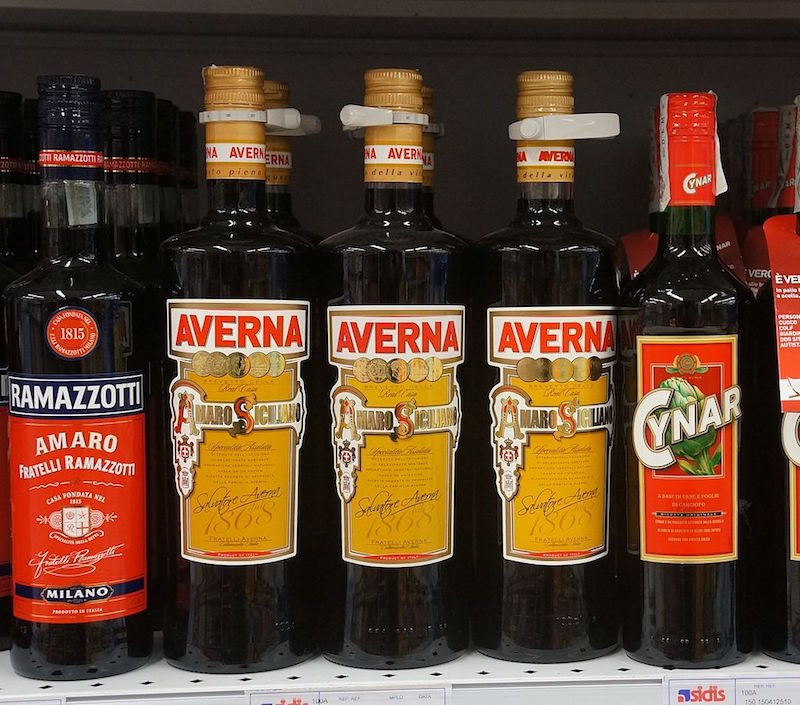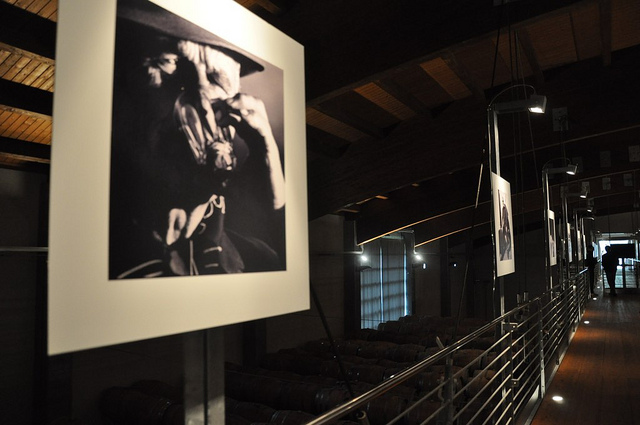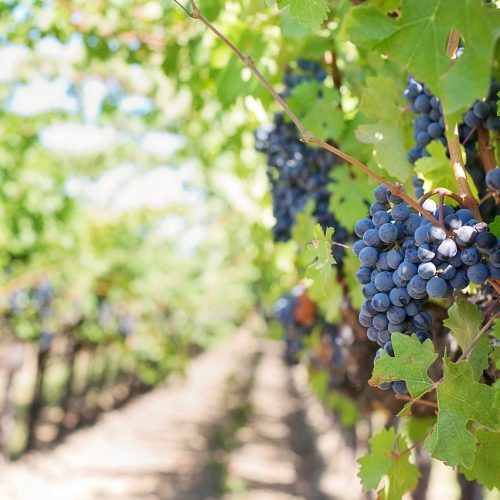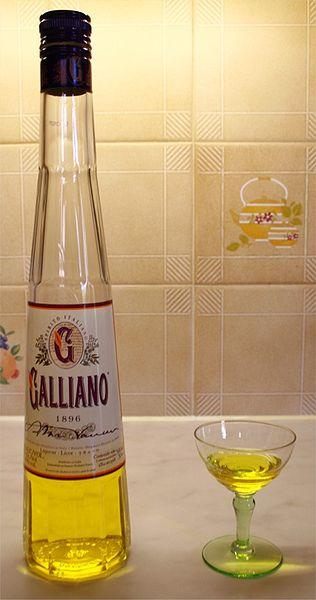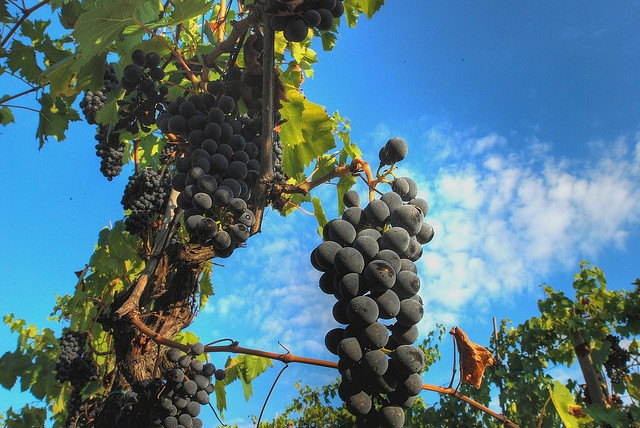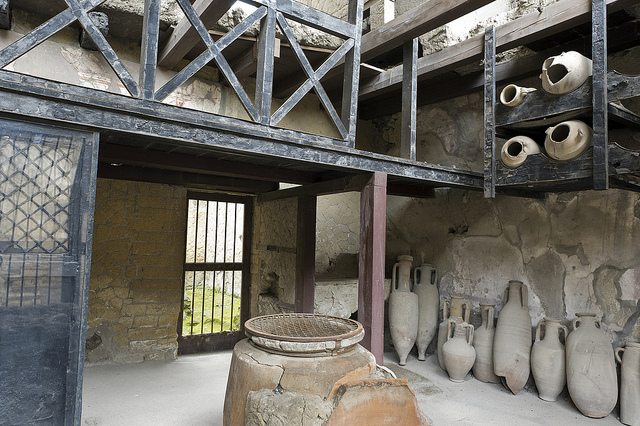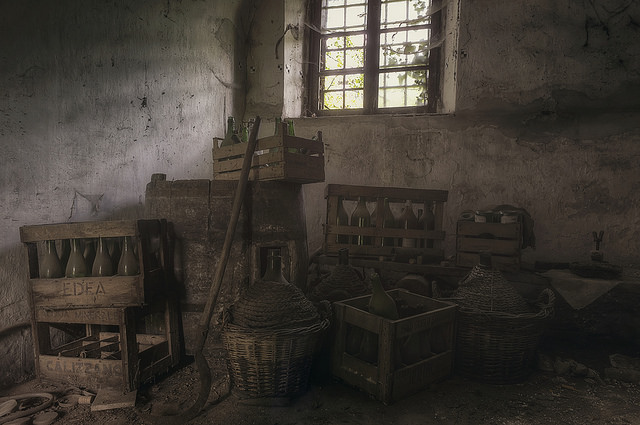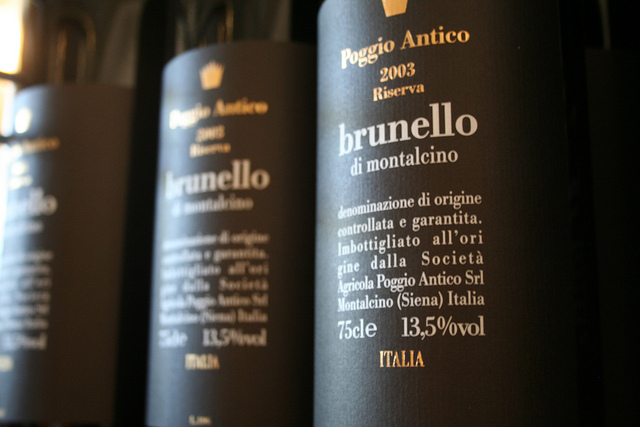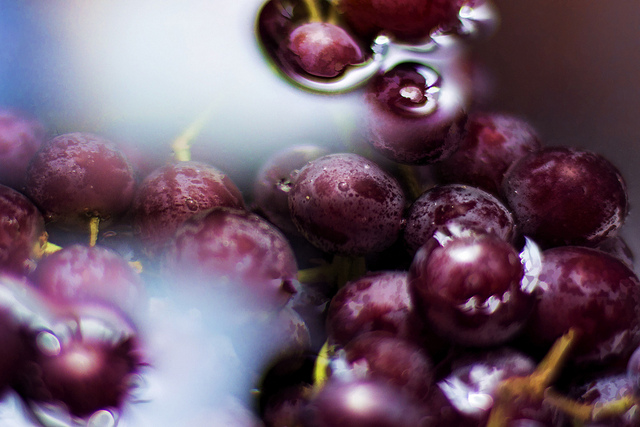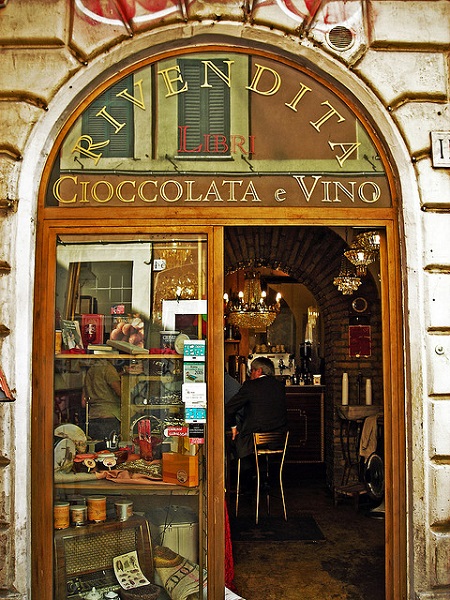The importance of decanting wine is a bit underestimated. Have you ever poured the last few drops of a good bottle of red wine only to find pieces of something floating around in your wine glass? For some, it can be an unattractive scene. But here’s the good news. Typically, it’s not bottling negligence or some other winery faux pas. It’s simply sediment, a matter (in this case, the cork) settling to the bottom of a liquid. And even better news; you can refresh your Casanova di Nieri with elegance and ease. As the youngest child of a self-appointed wine connoisseur, I viewed from afar the many cocktail party and wine tasting at my parents home following an afternoon at the country club with their golfing pals. During these years, my father developed an affinity for fine wine, and ultimately furthered his passion for old and red wine. I would stand in awe when I watched him perform the wine decanting ritual with ease and precision. I was honored and delighted when at only 13-years old, he introduced me to the graceful art of decanting wine.
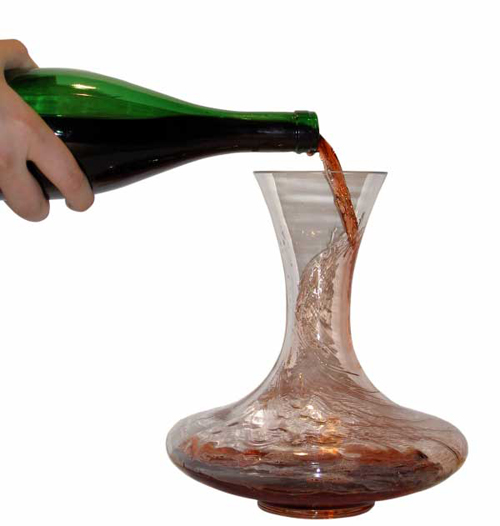
The need for decanting began long before the modern winery filtration and bottling process. Wine was typically bottled straight from the wine barrel rather than receiving any type of filtering to remove debris. Now, a process known as fining ensures a more clarified, stabilized wine. Fining is basically the modern day version of decanting on a much larger scale. (It’s important to note since red wine is aged more often in the bottle than white wine, decanting is usually reserved for reds only.)
Many myths surround decanting. For example, apparent sediment in the bottom of a wine bottle indicates the wine is bad. Some people believe you should only decant an older, mature wine. Another common myth is only the professionals – a sommelier (the French term for a wine steward or cellar master) – should decant wines tableside in posh, expensive restaurants. While myths of this sort may have been true years ago, decanting a bottle of wine is a simple ritual ensuring a pleasurable tasting experience.
So what is decanting? Decanting is a process of carefully moving (pouring) wine from its vessel (typically the bottle) into a decanter. A decanter can be a glass pitcher or carafe. Many wine masters believe the best decanter has a long neck and wide bottom surface area, almost the opposite of a wine bottle. These features better allow oxygen to reach the wine for a more smooth, mellow finish.
First, what types of wines are appropriate for decanting? Mature wines, anywhere from six to eight years old, may or may not contain sediment. The need for decanting will largely depend on how the wine has been stored, whether straight up or lying on its side, and the age. On the other hand, it’s perfectly acceptable to decant a young, less mature wine for the purpose of aerating, or breathing, to soften harsh tannins. If you are choosing to decant a bottle of wine for this purpose, there’s no need to complete the following steps.
You should first assemble a clean glass decanter, a candle and the bottle of wine for decanting. (Note: for optimum results, allow the bottle of wine to stand upright for at least 24 hours prior to decanting. This will allow any sediment to settle to the bottom of the bottle.)
- Remove the foil and cork the wine. Carefully clean the neck and mouth areas of the bottle with a damp paper towel. Be careful not to allow any dirt or debris to fall into the bottle. The entire neck should be exposed and free from covering. If your wine is very mature, take great ease and caution when corking. The cork may be very brittle and dry, causing it to split or break. But if you’ve properly stored your bottle in a dark, cool cellar, you should be fine.
- Light the candle (a long taper works best) and secure in a candleholder. (This method is our family tradition.) Asking a friend to help might be of some pleasurable assistance. You can then stand up, rather than stooping over the counter, holding the wine bottle in one hand and the decanter in the other. Your friend can hold the candle at the neck of the bottle while you decant. Be sure to ask your friend to follow your motions with the candle so as not to impede the decanting process.
- Carefully holding the neck close enough to the candle flame to see through the neck, begin very slowly pouring the wine into the decanter. (Don’t pour too slow or you’ll heat the wine.) As you pour, carefully watch for any particles of sediment or debris, or a cloudy presence. Should either of these two become present, stop pouring immediately.
The end result will be a perfect decanter of wine. For most bottles requiring decanting, you should have about a half-inch to an inch worth of wine remaining in the bottle. It will all depend on the maturity and storage history of the wine.
I hope you will take the time to discover the age-old ritual of decanting wine. Sure, you could purchase a fine mesh strainer and remove any sediment less formally, but the delicate art of decanting a bottle of wine will be an exquisite task to include in your entertaining arsenal.
On a personal note, the love for wine remains in my family today. (It was this same long-standing love that led me to the writing of a one thousand-word term paper in the 8th grade, Bordeaux Wine, and an oral presentation on how to decant a [non-alcoholic] bottle of wine. I had to use a flashlight, but received an A. My father was so proud.) However, thanks to advanced winery processing and filtration, it’s not often we must decant a bottle of wine. But you can often find us enjoying a good bottle of wine while reminiscing about old wine labels and decanting days gone by.
By Melissa A. Tyson












